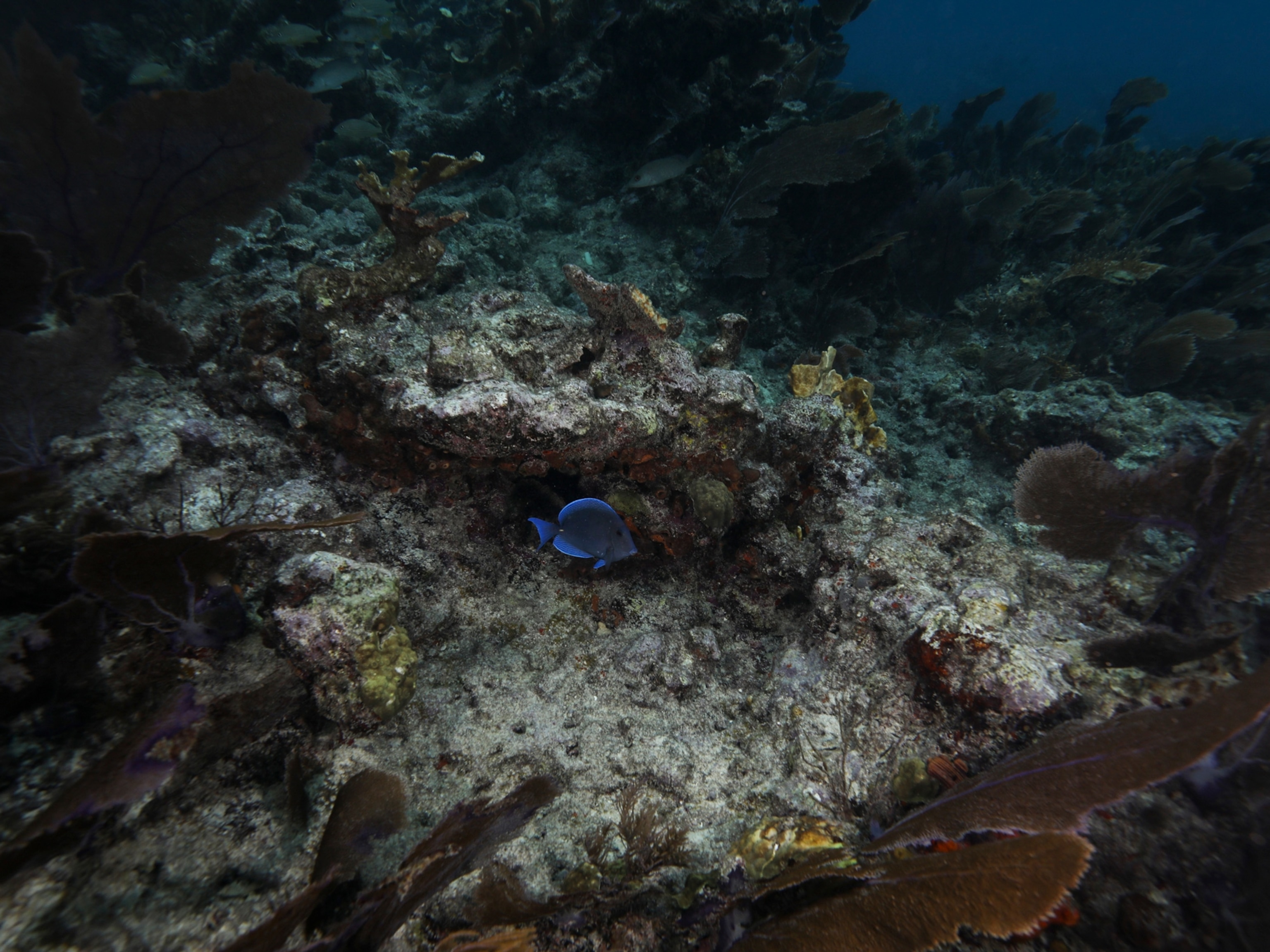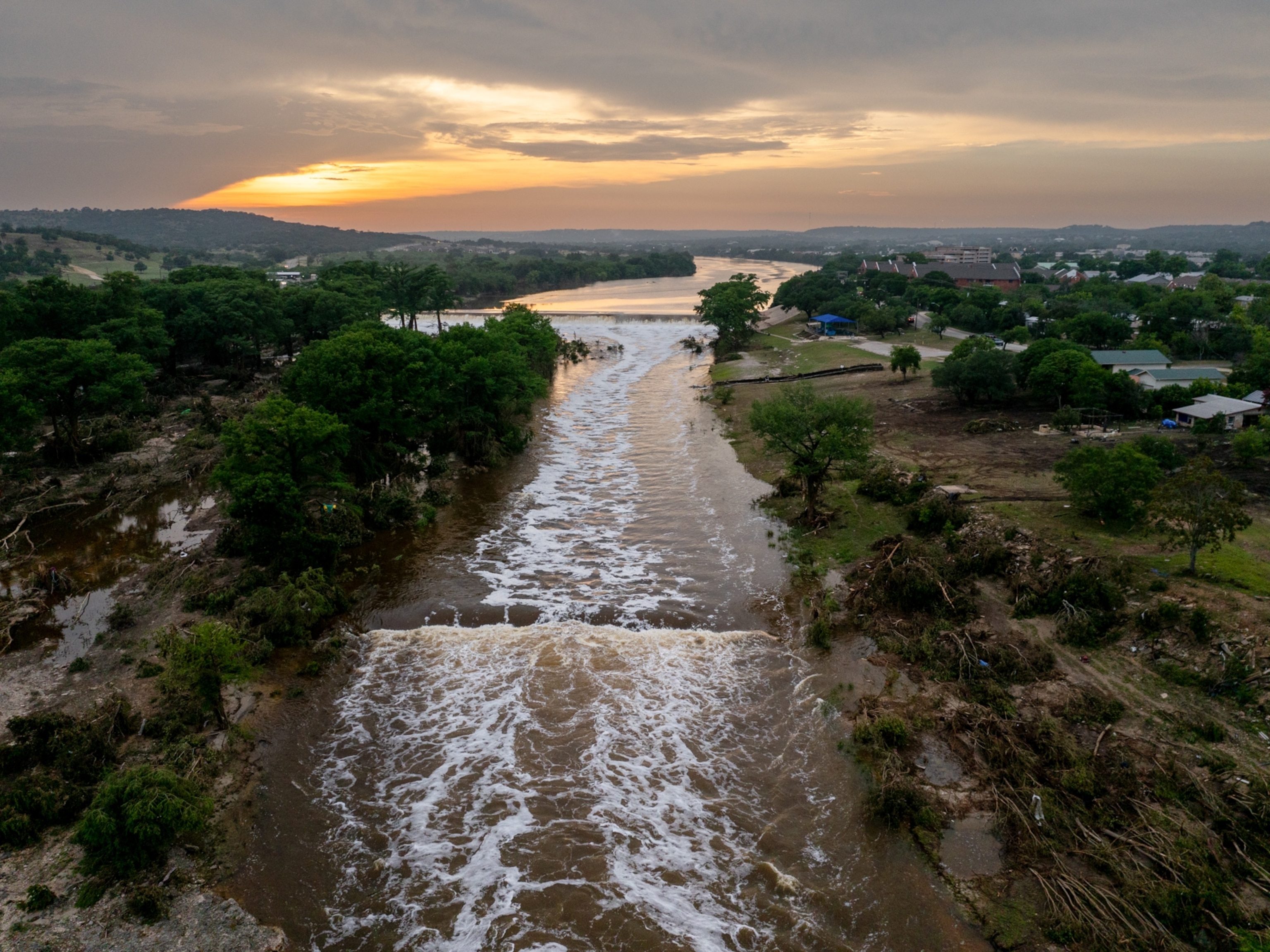
What is cloud seeding? Here's what it can—and can't—do to the weather
For years, scientists have experimented with engineering techniques that can safely modify rainfall. But experts say the technology isn't capable of causing extreme, sudden flooding.
In the wake of disastrous floods in Texas, concerns about cloud seeding technology have run rampant.
The technology sounds fantastical—like the doings of a comic book villain—but scientists say the real impact of the technology is less than nefarious.
Today, cloud seeding is most common throughout the western United States. Research programs in mountainous states such as Wyoming and Colorado are focused on studying how seeding clouds can increase the odds of snowfall. In Texas, cloud seeding has been studied as a tool to alleviate drought since the mid-20th century.
“It is impossible for [cloud seeding] to lead to this,” says Armin Sorooshian, professor of chemical and environmental engineering at the University of Arizona of the Texas flash floods. “Based on reports, we’re talking about squeezing out an extra five 5 to 15 percent [of rain]—if even successful. That’s nowhere near the capacity of what those floods did.”
To describe what cloud seeding is capable of, he says: “Picture a lemon. What we’re doing is really just trying to squeeze a few more drops out."
How cloud seeding works
Clouds hold water, either in the form of tiny water droplets or ice crystals.
These water molecules form when the water vapor in the atmosphere cools and condenses around tiny particles present in the atmosphere, like salt or dust. If the particles remain too small, they remain suspended in a cloud.
When clouds have this precipitation potential, cloud seeding gives them a push. Planes or machines on the ground disperse particles, most commonly silver iodide or salt—to make this droplets heavier, giving the clouds a “nudge” to drop water.
This method for engineering weather was studied first in General Electric’s laboratory in 1946. It falls under a broader category called weather modification; other examples of ways scientists modify weather include using fire to disperse fog or seeding clouds to suppress hail. It’s sometimes conflated with geoengineering, nascent technology that seeks to modify climate at a much larger scale, often by manipulating how much sunlight is able to reach the Earth’s surface.
When the U.S. Government Accountability Office reviewed studies looking at silver iodide used for cloud seeding in 2024, it found no evidence that the compound is currently a threat to human health or the environment. Its molecular structure is similar to naturally occurring ice.
In warmer clouds that hover at lower altitudes, cloud seeding is done with salt.
“These clouds love to take up particles that will take up water, especially sea salt,” says Sorooshian. Whether it's silver iodide or sea salt, scientists insist these molecules have only minimal influence on the weather.
“Cloud seeding enhances precipitation by working alongside natural atmospheric processes in clouds capable of producing precipitation,” says Darin Langerud, director of meteorology for the Weather Modification Association, a non-profit that represents private weather modification companies. “Cloud seeding cannot create clouds, nor is it effective on large-scale storm systems that are efficiently producing precipitation.”
In an “office hour” hosted on July 7, University of California Los Angeles climate scientist Daniel Swain debunked current claims about cloud seeding causing flash floods. The Environmental Protection Agency has also recently published fact sheets on cloud seeding that clarify what the technology is capable of. It does not mention any connection to floods.
Controversy and the future of cloud seeding
A 2017 research program, dubbed SNOWIE and funded by the National Science Foundation, was the first to quantify the effect of cloud seeding. It found that cloud seeding could successfully generate snow that might not have otherwise fallen.
“This was long-awaited confirmation of successful seeding that many prior studies suggested but could not definitively prove,” says Langerud. Scientists at universities and research institutes in Wyoming, Idaho, and Colorado are still studying cloud seeding as a method to increase winter snowpack—precipitation that could help prevent drought and water shortages.
While this technology is still developing, controversy around cloud seeding is not new. In 2024, massive floods in Dubai were blamed on the country’s cloud seeding efforts.
Scientists remain adamant that this controversy is spurred by a misunderstanding of what particles introduced into clouds can do.
“There is no way that cloud seeding will ever solve the water problems of the Western United States,” says Jeff French, professor of atmospheric studies at the University of Wyoming. “There are ways [like cloud seeding] that we can marginally increase water supplies to mitigate impact. That’s a strategy, like conservation and water usage prioritization. But it’s not the overall solution.”
Instead, French highlights that the most exciting potential with SNOWIE and other cloud seeding research projects is gaining a better understanding of the natural processes that occur when clouds are altered by particles.
And experts say there is one major way that manmade particles are dramatically increasing disasters: the greenhouse gasses emitted by burning fossil fuels are making the Earth warmer and increasing the odds of major flash flooding events.
And aerosols released from transportation such as airlines and shipping may also influence the weather in unclear ways. Studies have speculated that aerosols caused a lull in hurricanes throughout the 1970s and 1980s.
Sorooshian stresses that while cloud seeding gets the majority of coverage, studying the interaction between clouds and pollutant aerosols is essential to understanding how climate change will continue to influence the weather.
“We know humans influence [particles] going into the atmosphere,” adds French. “We’re in a much stronger position if we can study these processes versus sitting back and saying we’ll just see what’s next.”








